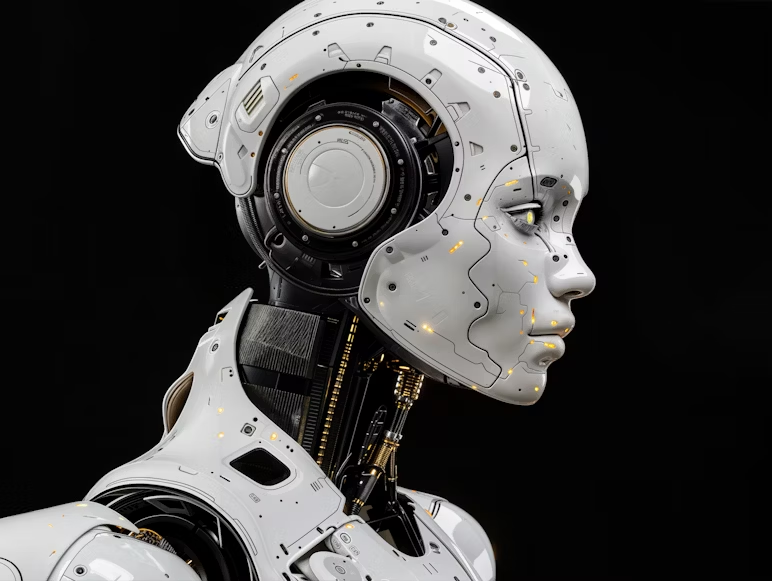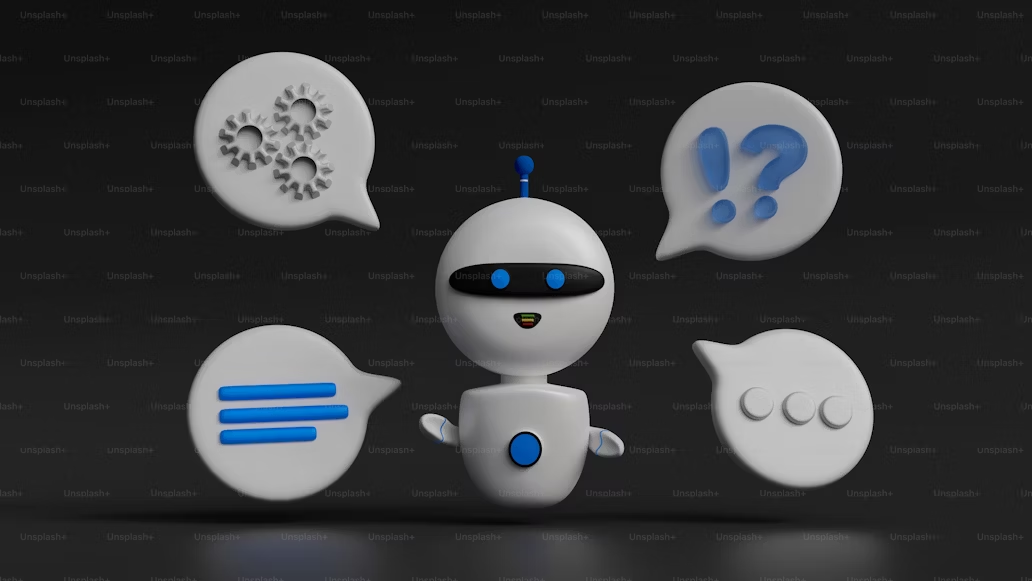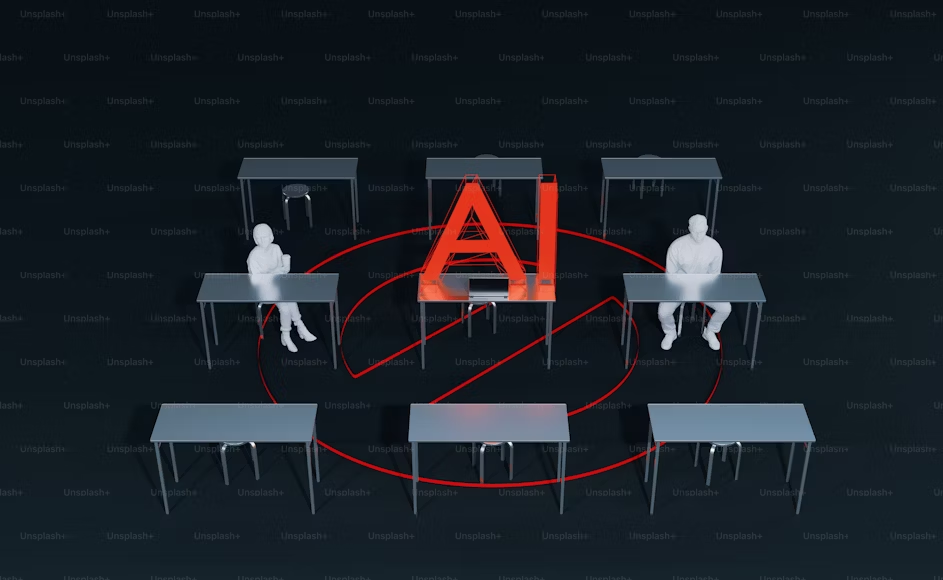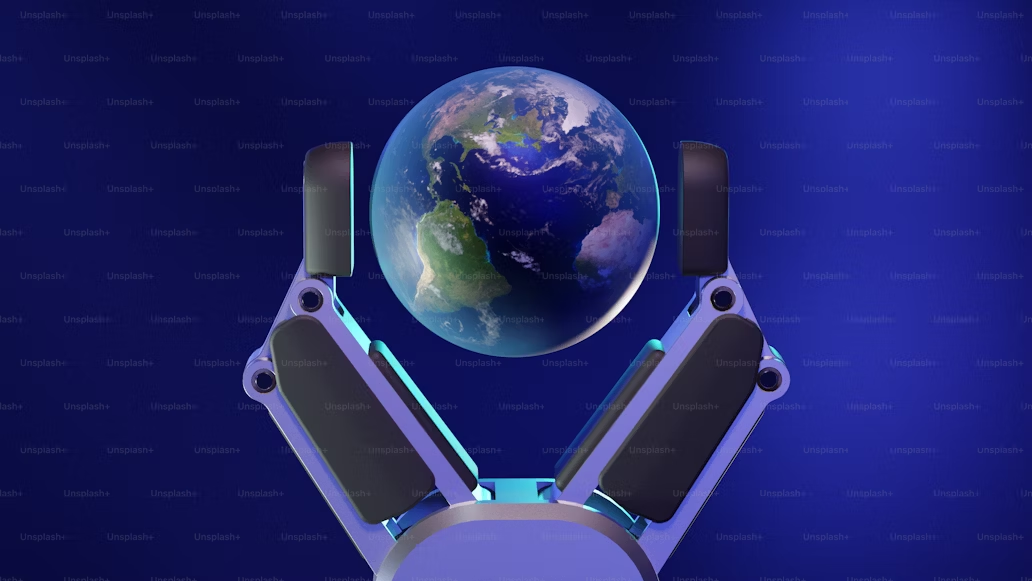The Future of Artificial Intelligence: Opportunities and Challenges Ahead (AI) has quickly transformed into a force that is influencing almost every facet of contemporary life. AI is transforming how we live, work, and interact, from voice assistants and self-driving cars to smart manufacturing and personalized health. What does AI’s future hold, though? AI holds great promise for the future, but it also presents several difficulties. This article examines the anticipated advancements in artificial intelligence (AI), its possible social effects, the moral dilemmas it presents, and how we may get ready for a world when intelligent computers will play a significant role in daily life.
Understanding Artificial Intelligence
The term “artificial intelligence” (AI) describes the replication of human intelligence in computers that have been designed to understand, learn, and solve problems. It includes a wide range of technologies, including computer vision, robotics, natural language processing, and machine learning. These days, AI systems are able to drive cars, identify speech, translate languages, make product recommendations, and even write tales.
The availability of massive data, increased processing power, and algorithmic advancements have all contributed to the rapid acceleration of AI development. However, the potential of AI is still very much in its infancy.
The Evolution and Future Directions of AI
1. General AI vs. Narrow AI
The majority of AI applications available today fall under the category of narrow AI; these are made to carry out certain tasks, such as chess play, language translation, or facial recognition. The creation of artificial general intelligence (AGI)—machines that, like humans, are able to comprehend, acquire, and apply knowledge across a wide range of tasks—is the next significant advancement in AI.
2. AI in Healthcare
The healthcare industry is one of the most promising sectors for AI applications in the future. Preventive treatment can be made possible by using predictive analytics to identify individuals who are at risk for long-term illnesses like diabetes or heart disease.
3. AI in Education
AI will power the classroom of the future. Personalized learning experiences will be provided by intelligent tutoring systems according to each student’s learning style, strengths, and shortcomings. Teachers will have more time to concentrate on mentoring and instruction as AI automates administrative duties.
AI-powered solutions can also evaluate students’ feelings and levels of interest, providing immediate feedback to enhance their educational experiences.
4. AI and the Future of Work
The workforce will change due to AI. Although some professions are predicted to be replaced, new positions requiring a blend of technical and human-centered abilities will also be created. Managing the shift and making sure that employees are retrained and ready for the new economy are the main challenges.
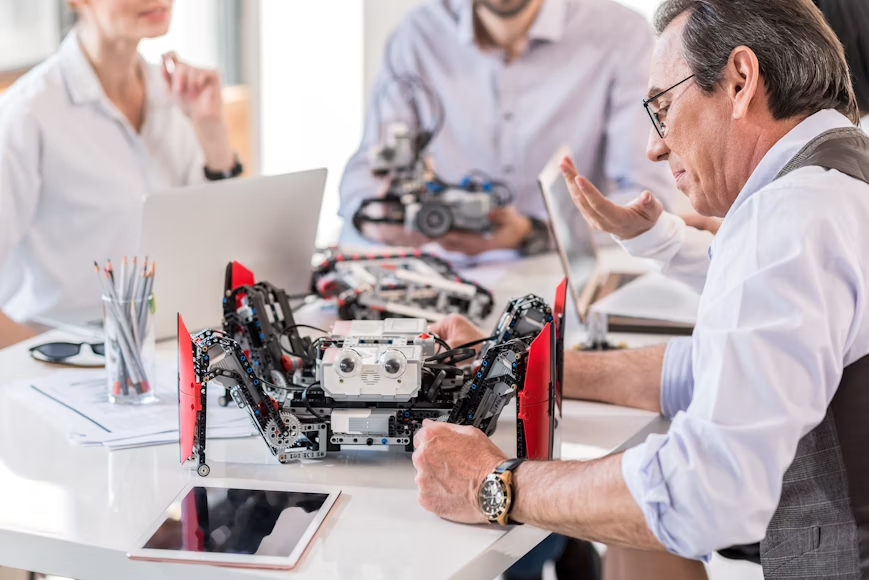
Automation is most likely to affect jobs that need data processing or repetitive processes, such as manufacturing, customer service, and transportation. However, AI is more likely to supplement rather than replace occupations that demand creativity, emotional intelligence, and sophisticated decision-making, such as teachers, artists, and healthcare professionals.
Ethical and Social Implications
AI poses important moral, legal, and societal issues as it grows in strength and prevalence.
1. Bias and Fairness
Biases in training data can be passed down to AI systems. This may result in biased hiring, lending, policing, and healthcare outcomes, among other important sectors. For example, a recruitment AI may prejudice against specific individuals on the basis of gender or ethnicity if it was educated on biased past data.
By using bias detection technologies, carefully choosing training data, and including a variety of stakeholders, developers can put fairness, transparency, and inclusion first.
2. Privacy Concerns
Large volumes of personal data are needed for AI systems to function. Inadequate protections may result in data breaches, invasions of privacy, and illegal monitoring. Governments and organizations must adopt strong data protection policies and ethical frameworks to govern the use of AI.
3. Job Displacement
Automation could lead to significant job losses, particularly in industries with low-skilled or repetitive work. This transition could widen the gap between the tech-savvy and those left behind. Policymakers must invest in education, upskilling, and social safety nets to help displaced workers adapt.
4. AI and Control
The issue of control comes up as AI systems get more independent. How do we make sure AI systems act in a way that is consistent with human interests and values? The concept of AI alignment—making sure AI goals match human goals—is a critical area of research.
AI Governance and Regulation
tremendous power with a tremendous deal of responsibility. International organizations, businesses, and governments are starting to set guidelines for the moral advancement and application of AI.
The AI Act, for instance, was introduced by the European Union and calls for stringent laws governing high-risk AI systems. Global collaboration on AI standards has also been demanded by the World Economic Forum and the United Nations.
We need a balanced approach to regulation going forward, one that fosters innovation while safeguarding citizens.
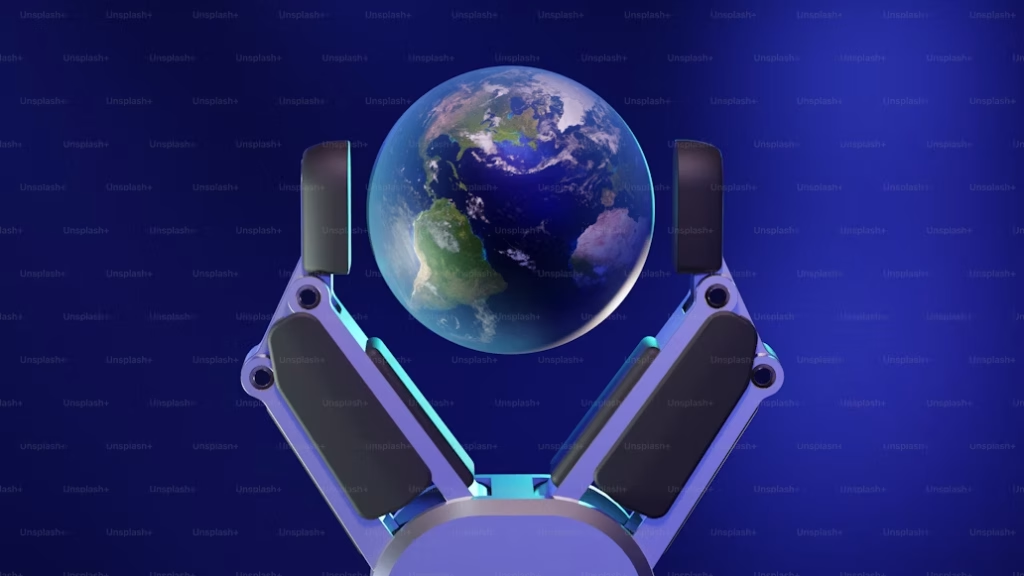
The Role of AI in Solving Global Challenges
AI has the ability to address some of the most pressing issues facing humanity:
Climate Change: AI can assist in designing greener technology, optimizing energy consumption, and modeling climate patterns.
Food Security: AI-driven agricultural systems are able to optimize resource efficiency, control pests, and forecast crop harvests.
Disaster Response: By focusing AI development on socially positive objectives, we may use AI as a potent instrument for the greater good.
AI can analyze satellite imagery to support early warning systems and disaster relief efforts.
Preparing for an AI-Driven Future
We need to adopt a multifaceted strategy to maximize AI’s promise while reducing its risks:
1. Learning and Retraining
Workers of the future and present must have access to training in digital skills and AI literacy. To train the future generation, curricula at colleges and institutions should incorporate AI instruction.
2. Awareness of the Public
To avoid false information and guarantee that AI upholds democratic principles, public involvement and media literacy are essential.
3. Collaboration Across Sectors
Tech companies shouldn’t be the only ones developing AI. To promote inclusivity and develop AI legislation, governments, academia, civic society, and the corporate sector must work together.
4. AI that is Human-Centered
A dedication to human-centered design—systems that enhance rather than replace human capabilities—should be at the heart of AI’s future. AI must be applied to maintain human dignity, empower people, and enhance lives.

